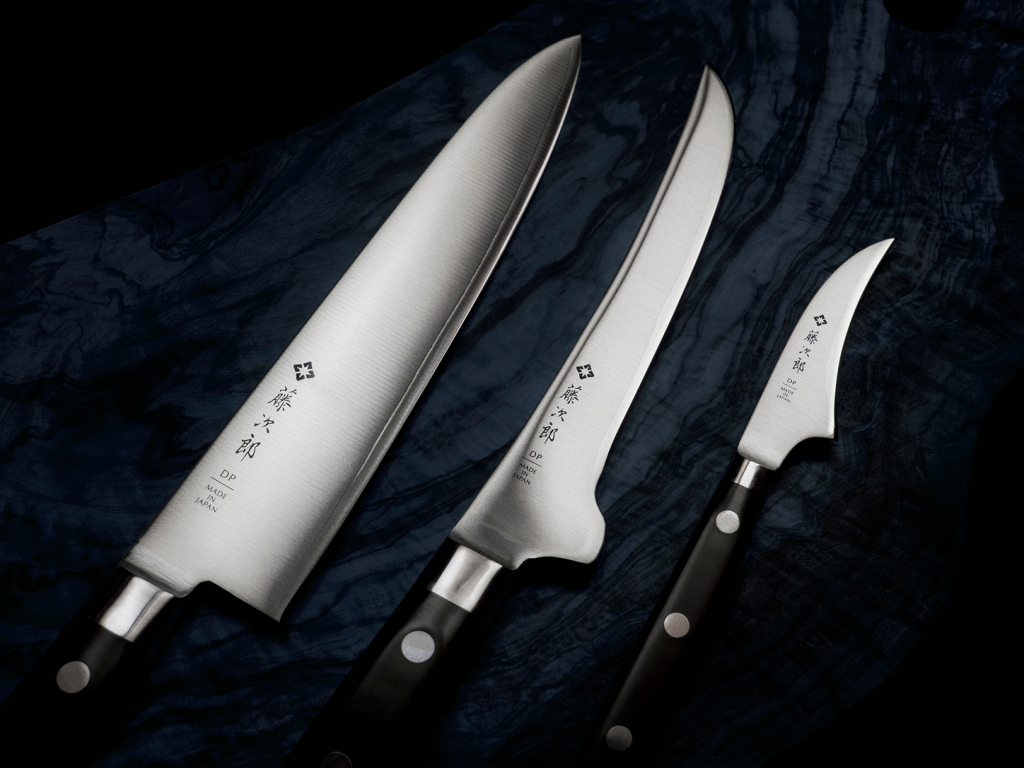On June 9, a man traveling on the Nozomi #265 Shinkansen bullet train between Shin-Yokohama and Odawara fatally slashed a passenger with a knife and seriously injured two others. The train was immediately brought to an emergency stop and the killer was quickly apprehended. But besides a new sense of fear brought on by the senseless loss of life, something else changed in the aftermath of the killing: the law. A few weeks later, the Japanese government officially banned the possession of unpacked knives on trains as part of new security measure that further expanded Japan’s ever-evolving knife laws.
Getting to the Point
Blades of all kinds are controlled in Japan via the Swords and Firearms Possession Control Law of 1958, which was amended in 1993, 1995, 2008, and just now in 2018. Here’s the gist of it: owning a knife with a fixed blade longer than 15 cm requires permission from the prefectural public safety commission, but only for home ownership. Pocket blades on the other hand, including Swiss Army knives etc. are legal to carry around as long as the blade is shorter than 6 cm. Anything longer and you will need the same kind of permission from the prefectural public safety commission… UNLESS the blade exceeds 8 cm in length, in which case it is banned outright.
However, exceptions can be made for utility blades like kitchen knives or, in some cases, knives used for fishing or hunting. Still though, the possession of an illegal blade is not a felony in Japan and will probably not land you in jail. But it can still get you in a lot of trouble.
Under the Blade
In 2009 in Shinjuku, a 74-year-old American tourist stepped into a police station in order to get some directions when it came out that the man had a pocket knife on him. After being asked to produce it, the policemen measured it and found that it exceeded the allowed blade-length by 1 cm. The man was then detained for nine whole days.
Then there’s the case from 2008, when a US Marine stationed in Japan missed his flight back home because a 35-cm-long blade was found in his luggage. A similar thing happened to another serviceman in 2015 when the Okinawa Police arrested him for possessing a knife nearly 10 cm in length. But don’t think that Japanese knife laws only target foreigners.
In 2015, the director of Wakayama City’s Crisis Management Division used a 9-cm-long knife to peel some fruit, after which he, allegedly, mistakenly packed it in his bag. After being questioned by the police due to another, unrelated incident, the officers found his knife and the man was taken into custody. In the end, he had to resign from his position due to the “weapons” arrest.
Double-edged Sword
It might seem strange for Japan to be so strict about blades when they are known around the world for their katanas. But the famous Japanese swords have actually been banned in public since 1876, when the Meiji restoration abolished the warrior class. Even today, katanas are covered by the Swords and Firearms Possession Control Law, which forbids carrying them out in the open.
It’s simple to get a permit to have one in your house because they are easily recognized as works of art, etc. But you can’t carry one outside. Certain internationally recognized masters of sword martial arts like iaido can receive special dispensations to carry genuine katanas with then, but those cases are rare. Most other people make do with blunt aluminum-alloy blades. After they get a permit for them.
You can also petition the government to possess spears, some switchblades, Bowie knives and other assorted blades, but you will similarly have to keep them in your home. A notable exception are double-edged daggers which were banned around the country under the 2008 revision of the Japanese law after they were used during the Akihabara massacre to murder four people. Japanese knife laws may be strict, but no one can argue they don’t exist for a good reason.









